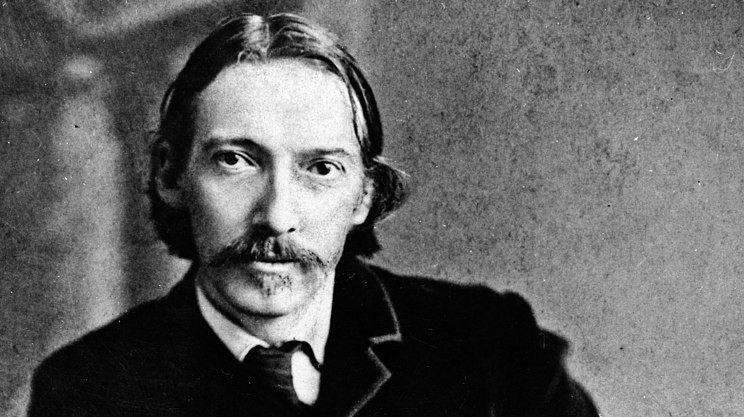
“There is but one art — to omit! O if I knew how to omit, I would ask no other knowledge. A man who knew how to omit would make an Iliad of a daily paper.” — Robert Louis Stevenson, letter to a cousin, Oct. 30, 1883

“There is but one art — to omit! O if I knew how to omit, I would ask no other knowledge. A man who knew how to omit would make an Iliad of a daily paper.” — Robert Louis Stevenson, letter to a cousin, Oct. 30, 1883
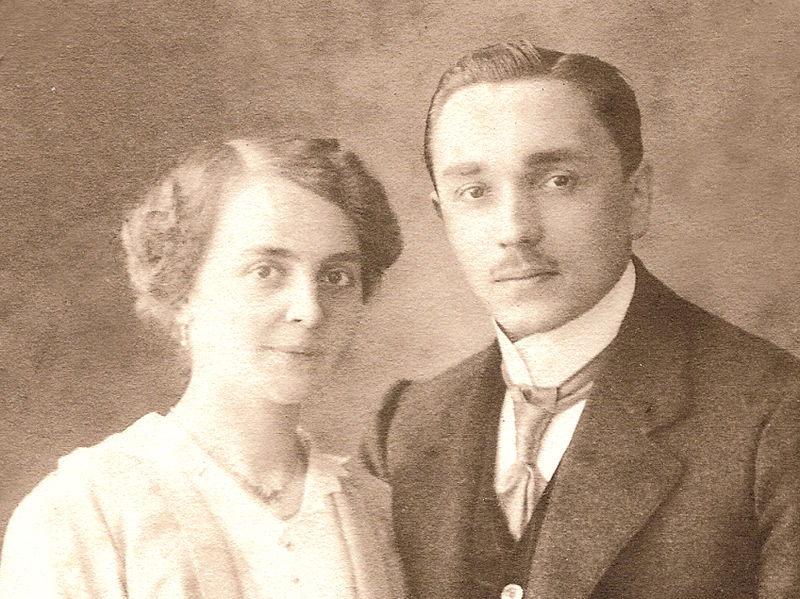
In the 1930s, German civil servant Friedrich Kellner was outraged by the increasing brutality of the Nazi party and the complicity of his fellow citizens. He began to keep a secret diary to record the crimes of the Third Reich and his condemnations of his countrymen. In this week’s episode of the Futility Closet podcast, we’ll tell the story of Friedrich’s diary and his outspoken warnings to future generations.
We’ll also ponder the problem with tardigrades and puzzle over a seemingly foolish choice.
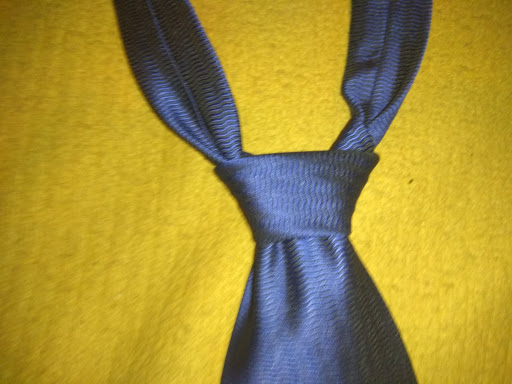
In 1986, 89-year-old viewer Jerry Pratt showed up at Minneapolis’s WCCO-TV and told local newsman Don Shelby that he didn’t know how to tie his necktie straight.
“He’s my favorite anchor, and I got sick and tired of looking at the big knot in his tie every night,” Pratt said. “One of the first things people look at is a man’s tie.”
So he showed him something new, the “Pratt knot,” “the first new knot for men in over 50 years.” The Neckwear Association of America confirmed that it didn’t appear in Getting Knotted: 188 Knots for Necks, the trade association’s reference guide.
Some questioned whether it’s entirely original, calling it either a reverse half-Windsor or a variation on a knot called the Nicky, with the narrow end of the tie reversed, the seams and label facing out.
Pratt said he’d invented it on his own 30 years earlier. “I didn’t call it anything,” he said. “I just turned the tie inside out, and there it was.”
“At least something will carry on the family name.”

Visitors to La Granja, Philip V’s retreat overlooking Madrid, may have found this unusual labyrinth a bit too involving. It’s a “vortex maze”: It “leads you directly to the centre, but its spiralling options for exit are your undoing,” explain Angus Hyland and Kendra Wilson in The Maze: A Labyrinthine Compendium (2018). “On paper, it is a beautiful design, and in reality it is almost twice as large as the ‘record-breaking’ maze at Longleat, made 250 years later.”
Philip’s French landscapers drew it from La théorie et la pratique du jardinage, the best-selling gardening manual published by Antoine Joseph Dezallier d’Argenville in 1709.
University of California psychologist Diana Deutsch discovered this phenomenon in 1972. When the tones of a familiar melody are distributed among three different octaves, people find it difficult to identify. But once the underlying melody has been revealed to them, they can hear it more readily in the distributed version. Knowing what to listen for makes the tune easier to follow.
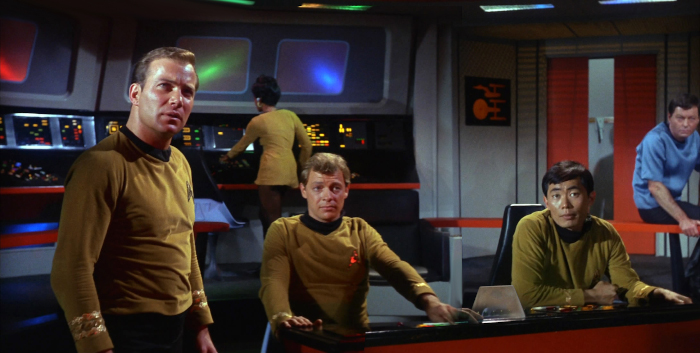
The original Star Trek was presented in the rather boxy aspect ratio of 1960s television. Now San Francisco illustrator Nick Acosta has stitched together screenshots to see how it would have appeared in a widescreen format:
I created this project of what the show would have looked like in Cinerama widescreen. As a kid the show always felt bigger and more epic than it appears to me as an adult. I was able to create these shots by waiting for the camera to pan and then I stitched the separate shots together. The result is pretty epic. It reminds me of the classic science fiction movies of the 50’s and 60’s. Suddenly the show has a ‘Forbidden Planet’ vibe. Other shots remind me of how director Robert Wise would use a camera technique to keep the foreground and background elements in focus.
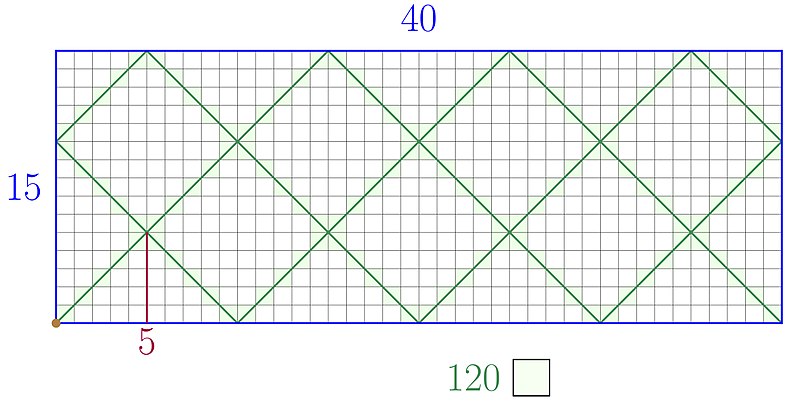
To find the least common multiple and the greatest common divisor of two natural numbers, construct a billiard table whose side lengths correspond to the two numbers (here, 15 and 40). Set a ball in one corner, fire it out at a 45-degree angle, and let it bounce around the table until it stops in a corner.
Now the least common multiple is the total number of unit squares traversed by the ball (here, 120).
And the greatest common divisor is the number of unit squares traversed by the ball before it reaches the first intersection (here, 5).
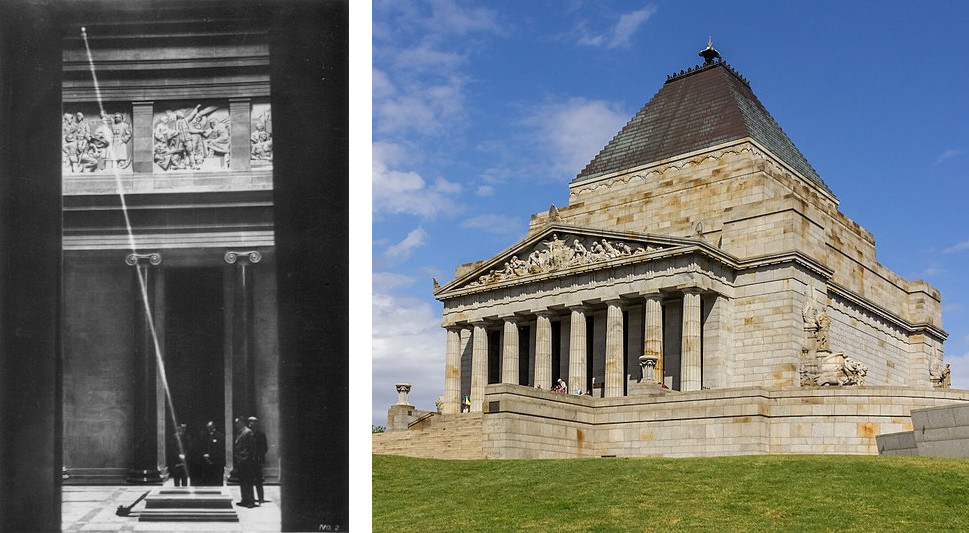
The Shrine of Remembrance in Melbourne, built to honor the men and women of Victoria who served in World War I, contains a marble stone engraved with the words Greater love hath no man (from John 15:13, “Greater love hath no man than this, that a man lay down his life for his friends”).
The shrine is constructed so that once a year, at 11 a.m. on Nov. 11, a ray of sunlight will shine through an aperture in the roof to illuminate the word love.
Arizona’s Anthem Veterans Memorial has a related design.
11/14/2020 UPDATE: An interesting addendum: The introduction of daylight saving in 1971 led designers to introduce a system of mirrors to ensure the right timing. Thanks to everyone who wrote in about this.
A team of mathematicians in Canada and Japan discovered this remarkable polynomial in 1976 — let its 26 variables a, b, c, … z range over the non-negative integers and it will generate all prime numbers:
The snag is that it will sometimes produce negative numbers, which must be ignored. But every positive result will be prime, and every prime can be generated by some set of 26 non-negative integers.
(James P. Jones et al., “Diophantine Representation of the Set of Prime Numbers,” American Mathematical Monthly 83:6 [1976], 449-464.)
When a Western scrub jay discovers the body of a dead jay, it summons other birds to screech over the body for up to half an hour. It’s not clear why they do this — the birds are territorial and not normally social. Possibly it’s a way to share news of danger, concentrate attention to find a predator, or teach young about dangers in the environment.
The gatherings are sometimes called funerals, though we don’t know enough to understand the reasons behind them. But UC Davis student Teresa Iglesias said, “I think there’s a huge possibility that there is much more to learn about the social and emotional lives of birds.”